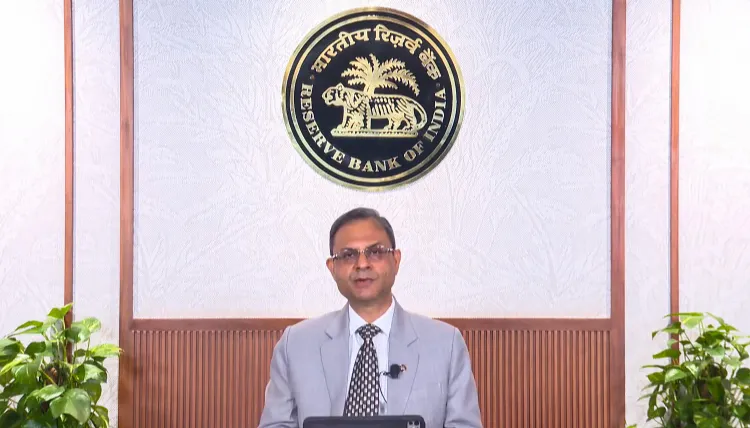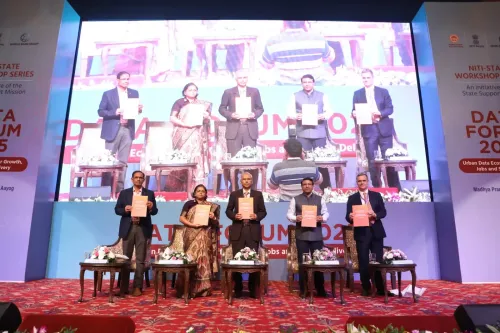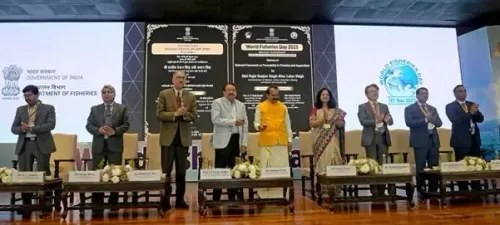Will RBI Maintain Rates in the Upcoming MPC Meeting on August 6?

Synopsis
Key Takeaways
- RBI likely to keep repo rates unchanged.
- GDP growth forecast at 7 percent for the upcoming quarters.
- Corporate performance expected to improve in the long run.
- Average inflation projected at 4 percent.
- Informal sector incomes could reduce demand for loans.
New Delhi, Aug 1 (NationPress) The Reserve Bank of India (RBI) is expected to maintain the repo rates during the forthcoming Monetary Policy Committee (MPC) meeting scheduled for August 6, according to a report released on Friday.
In light of global market volatility and tariff issues, India’s GDP is anticipated to be around 7 percent in the next three quarters, surpassing previous estimates, as highlighted in a report by HSBC Global Investment Research.
Experts suggest that the GDP deflator is heavily influenced by Wholesale Price Index (WPI) inflation. “This scenario could elevate real GDP growth to approximately 7 percent in the June, September, and December quarters of FY26, exceeding our on-ground growth estimate,” the report indicated.
Analysts predict that corporate performance may see improvements over time.
“From a macroeconomic perspective, the decline in nominal GDP growth in June has reflected in corporate earnings. Our projections suggest this decline in NGDP growth, partly driven by falling prices, may continue until the December quarter. However, a positive aspect is that decreasing input costs can enhance corporate margins,” the report elaborated.
While the formal sector has experienced a slowdown after a robust period, the informal sector has gained strength, leading to uncertainty in growth trends. The data from June was underwhelming, raising questions about whether this is a transient issue due to early rainfall or the beginning of a new trend, as per the report.
The rise in informal sector incomes could reduce the demand for consumption loans. Credit growth is being constrained from both sides. Although RBI's easing measures have provided some relief, reforms that bolster the formal sector might be more effective.
Regarding inflation, the research division projects an average inflation rate of 3 percent in FY26 and 5 percent in FY27, with an overall average of 4 percent. “Core inflation, excluding gold, remains in the 4 percent range and has not significantly decreased over the past year.” The underlying rate aligns with the RBI’s target of 4 percent.









